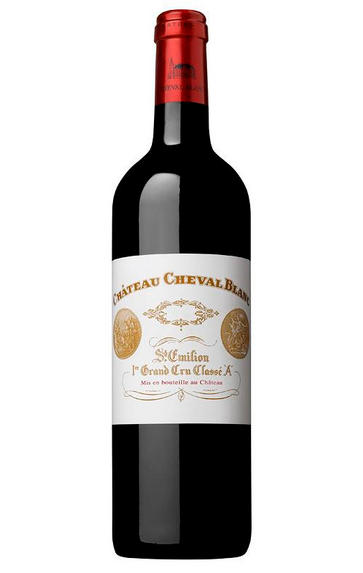
2009 Château Cheval Blanc, St Emilion, Bordeaux
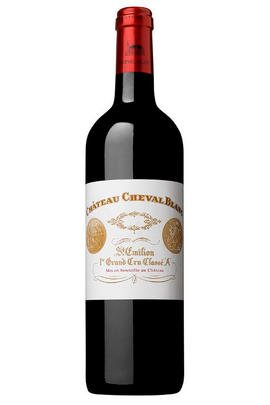
Critics reviews
A blend of 60% Merlot and 40% Cabernet Franc, the 2009 Cheval Blanc tips the scales at just under 14% natural alcohol. Its dense blue/purple color is accompanied by an extraordinary nose of incense, raspberries, cassis, sweet forest floor and a subtle hint of menthol. Opulent and full-bodied with low acidity but no sense of heaviness, this dense, unctuously textured, super-smooth, velvety, pure, profound Cheval Blanc is impossible to resist despite its youthfulness. Anticipated maturity: 2018-2050+.
(Robert Parker - Wine Advocate - February 2012)
(Jancis Robinson MW - jancisrobinson.com - April 2010)
(James Suckling - Wine Spectator - Apr 2010)
A blend of 60% Merlot and 40% Cabernet Franc, the 2009 Cheval Blanc tips the scales at just under 14% natural alcohol. Its dense blue/purple color is accompanied by an extraordinary nose of incense, raspberries, cassis, sweet forest floor and a subtle hint of menthol. Opulent and full-bodied with low acidity but no sense of heaviness, this dense, unctuously textured, super-smooth, velvety, pure, profound Cheval Blanc is impossible to resist despite its youthfulness. Anticipated maturity: 2018-2050+.
(Robert Parker - Wine Advocate - February 2012)
About this WINE
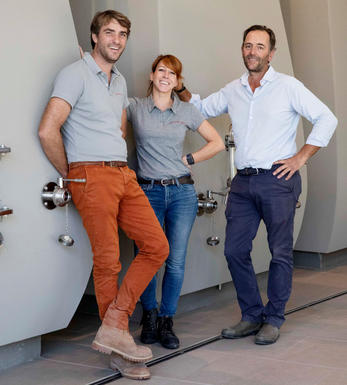
Château Cheval Blanc
Château Cheval Blanc, a 1er Grand Cru Classé (A) is unquestionably the leading estate in St. Emilion. It is located in the north-west of the St. Emilion appellation, bordering Pomerol.
Cheval Blanc's vineyards (Merlot 39%, Cabernet Franc 57%, Malbec 3%, Cabernet Sauvignon 1%) enjoy a variety of soils: gravel, clay and sand, all underpinned by an impermeable sedimentary rock (`crasse de fer'). Fermentation and maceration last 4 weeks in stainless steel vats, followed by 18 months' maturation in new oak barrels.
Cheval Blanc produces the most famous Cabernet Franc-based wine in the world and present régisseur Pierre Lurton is amongst the most talented winemakers working in Bordeaux today. Cheval Blanc requires a minimum 10 years of bottle age and the best vintages can last for 50 years or more.
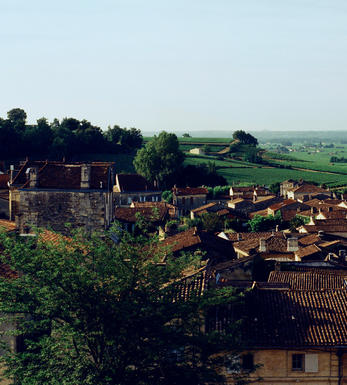
St Émilion
St Émilion is one of Bordeaux's largest producing appellations, producing more wine than Listrac, Moulis, St Estèphe, Pauillac, St Julien and Margaux put together. St Emilion has been producing wine for longer than the Médoc but its lack of accessibility to Bordeaux's port and market-restricted exports to mainland Europe meant the region initially did not enjoy the commercial success that funded the great châteaux of the Left Bank.
St Émilion itself is the prettiest of Bordeaux's wine towns, perched on top of the steep limestone slopes upon which many of the region's finest vineyards are situated. However, more than half of the appellation's vineyards lie on the plain between the town and the Dordogne River on sandy, alluvial soils with a sprinkling of gravel.
Further diversity is added by a small, complex gravel bed to the north-east of the region on the border with Pomerol. Atypically for St Émilion, this allows Cabernet Franc and, to a lesser extent, Cabernet Sauvignon to prosper and defines the personality of the great wines such as Ch. Cheval Blanc.
In the early 1990s there was an explosion of experimentation and evolution, leading to the rise of the garagistes, producers of deeply-concentrated wines made in very small quantities and offered at high prices. The appellation is also surrounded by four satellite appellations, Montagne, Lussac, Puisseguin and St. Georges, which enjoy a family similarity but not the complexity of the best wines.
St Émilion was first officially classified in 1954, and is the most meritocratic classification system in Bordeaux, as it is regularly amended. The most recent revision of the classification was in 2012
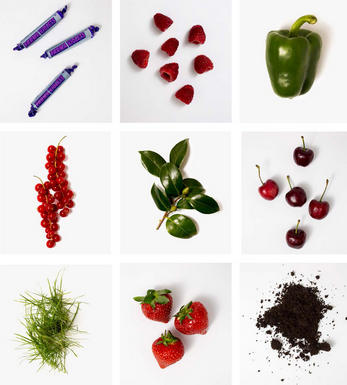
Cabernet Franc
Cabernet Franc is widely planted in Bordeaux and is the most important black grape grown in the Loire. In the Médoc it may constitute up to 15% of a typical vineyard - it is always blended with Cabernet Sauvignon and Merlot and is used to add bouquet and complexity to the wines. It is more widely used in St.Emilion where it adapts well to the cooler and moister clay soils - Cheval Blanc is the most famous Cabernet Franc wine in the world, with the final blend consisting of up to 65% of the grape.
Cabernet Franc thrives in the Loire where the cooler growing conditions serve to accentuate the grape's herbaceous, grassy, lead pencil aromas. The best wines come from the tuffeaux limestone slopes of Chinon and Bourgeil where growers such as Jacky Blot produce intense well-structured wines that possess excellent cellaring potential.


Buying options
Add to wishlist
Description
With a massive concentration of bramble fruit and a high level of firm, ripe tannins adding structure, Cheval Blanc was one of the most masculine wines that we tasted on the Right Bank during the 2009 en primeur tastings. Dense, earthy with a dark olive, almost sweet ‘n’ sour twist, this was a big, complex wine with many layers of flavour rippling across the palate towards the toasty finish. Very impressive indeed, this was one of the best Merlot-dominant (60%) wines we tasted in 2009.
wine at a glance
Delivery and quality guarantee